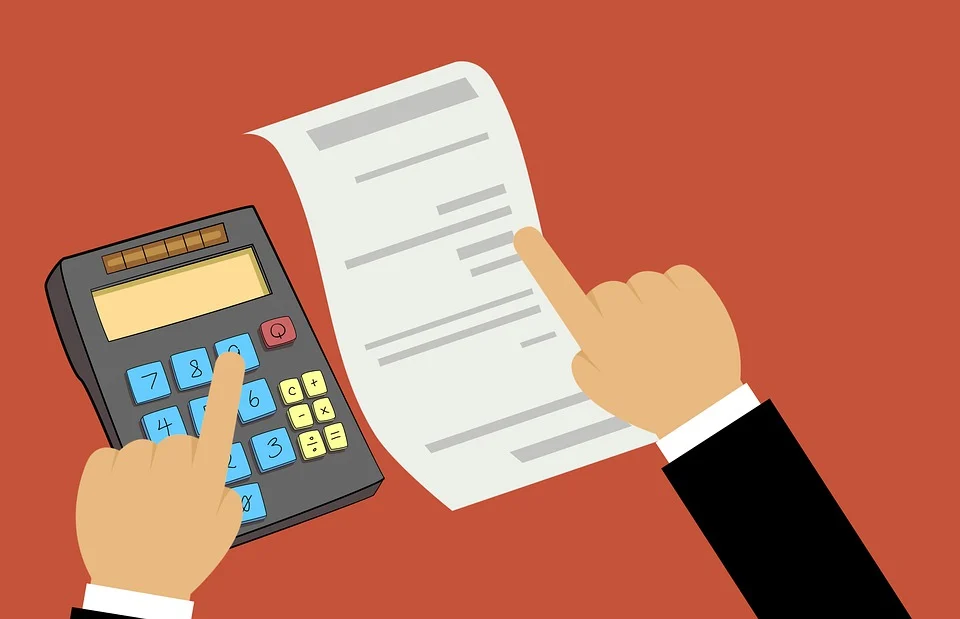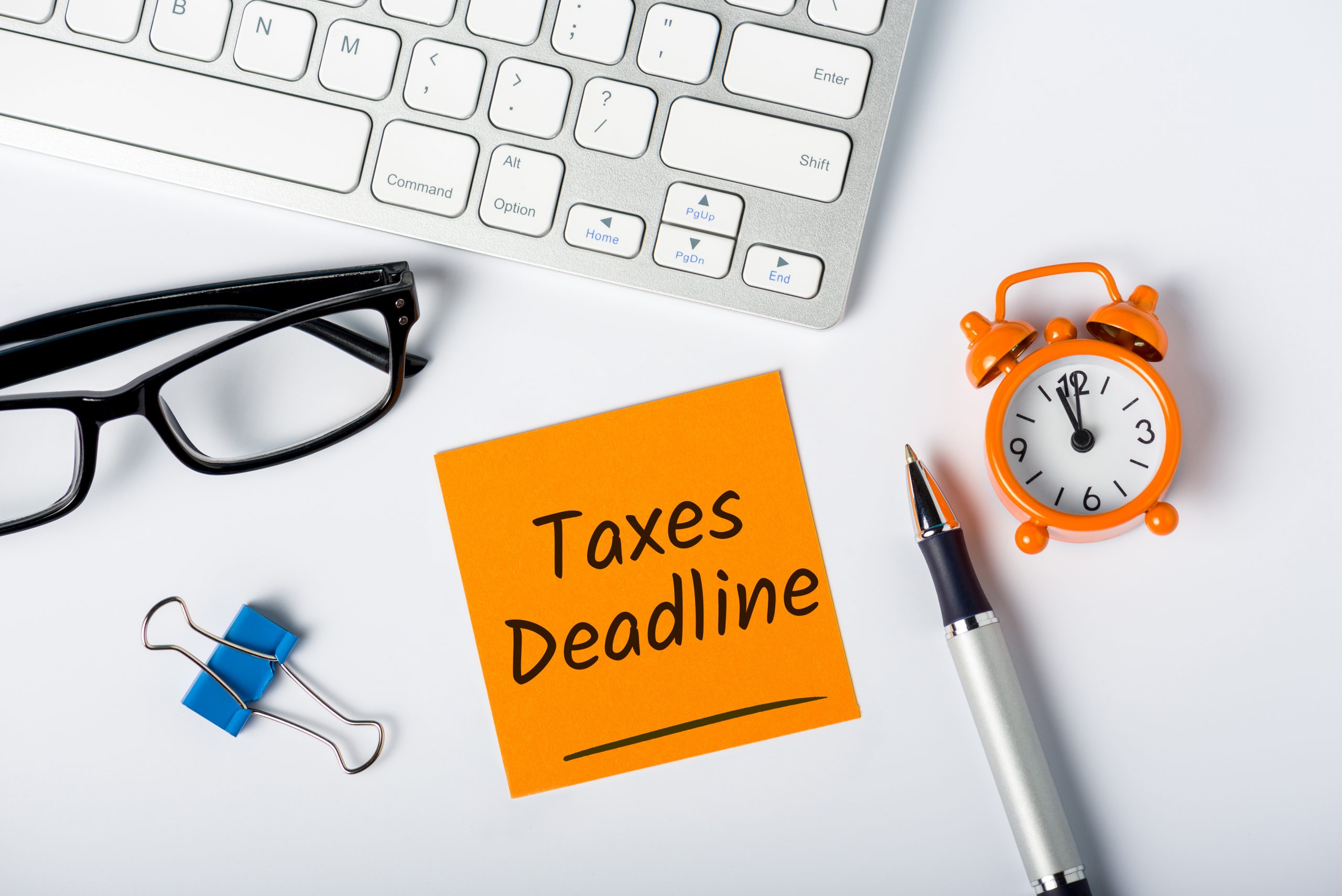Charlene Young, pensions and savings expert at AJ Bell, looks at how gift aid works and how to claim.
She says: “Recent figures showed that the cost of living crisis hasn’t dented the generosity of the great British public, as they donated almost £14 billion to charity last year – a £1.2 billion increase on the previous year*. Three-quarters of people did some sort of charitable activity last year, with almost 60% either donating or sponsoring. But many may be missing out on the tax perks of giving to charity, which can help to reduce their tax bill and save them from tax traps.”
*According to the latest Charities Aid Foundation report.
How gift aid works
“Gift aid is a tax incentive that gives a top up on donations from UK taxpayers to a UK registered charity or community amateur sports clubs (CASC).
“The government tops up the charity donation by 25% – equivalent to the 20% basic rate income tax paid on the money donated. This turns a £100 donation before the £25 top up into £125 for the charity or CASC. But there’s a tax break on offer for higher and additional rate taxpayers too – they can claim up to 20% or 25% on their donations.
| Original donation (before gift aid) | Total received by charity | 40% taxpayer could claim | 45% taxpayer could claim |
| £100 | £125 | £25 | £31.20 |
| £500 | £625 | £125 | £156.25 |
| £1,000 | £1,250 | £250 | £312.50 |
The tax bands and rates in Scotland are different to the rest of the UK. Scottish taxpayers at the intermediate (21%), higher (42%) and additional rates (47%) can all claim a rebate. There’s no rebate for basic (20%) taxpayers.
“Claims are usually made via a self-assessment tax return, but you can ask HMRC for a P810 form to fill in if you don’t normally file a return. You can also backdate claims for up to four years, so it is worth looking into this as soon as possible.”
Half of eligible taxpayers don’t know they can claim
“Research commissioned by HMRC showed that although 94% of higher earners donating to charity had heard about gift aid, only 52% were aware they could claim a tax rebate on their donations. Staggeringly, just 1 in 5 higher and additional rate taxpayers had claimed a rebate, which goes some way to account for the estimated value of unclaimed gift aid exceeding £500 million.
“Another handy tip is that you can claim a rebate ‘in-year’. Self-assessment tax returns normally look back over payments and expenses for the previous tax year. But gift aid rules mean that you can use it to claim a rebate for donations made in the current year too, up until the date you file your return, meaning you could get your gift aid rebate sooner.”
You can avoid tax traps too
“If you’re caught by one of the many traps in our tax system, gift aid could help you lower your tax bill and put money towards good causes.
“You might be a parent who has gone over the £50,000 high income child benefit charge (HICBC), meaning you’d start to lose child benefit. Or if your earnings have breached £100,000 you start to lose your tax-free Personal Allowance at a rate of £1 for every £2, a whopping effective rate of tax of 60% on earnings between £100,000 and £125,140.
“Making a charity donation and claiming gift aid means the full value of the donation (what you pay plus the government top up) is deducted from the income that would otherwise count towards the £100,000 limit (or £50,000 for HICBC).
“You can achieve a similar tax planning outcome by making a pension contribution towards your retirement.”
Example:
We’ve based the figures on the average donation in the UK Giving Report of £780 a year*. A higher rate taxpayer pays £780 in charitable donations over the course of a year. Gift aid tops this up to £975.
They can then claim back £195 (£975 x 20%) in tax relief from HMRC via self-assessment, or by contacting HMRC directly. This means the charity has received £975 but it has only cost the individual £585.
Missed out on a rebate?
With frozen tax bands dragging more people into higher rates of tax, it’s likely the unclaimed gift aid figure is even greater than the £500 million figure suggested in 2016.
If you’ve got records of your donations, you can make claims going back up to four years. Contact HMRC to sort this, via webchat, phone or post.
*Figures based on the Charities Aid Foundation UK Giving Report 2024. Average annual donation figures based on report’s average monthly donation amount of £65.

















